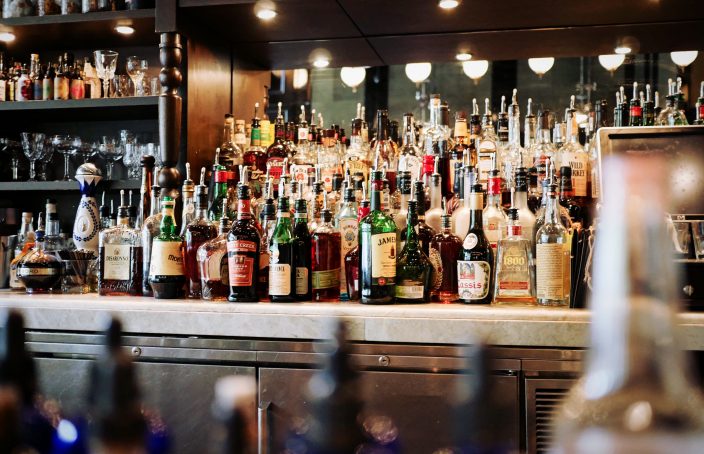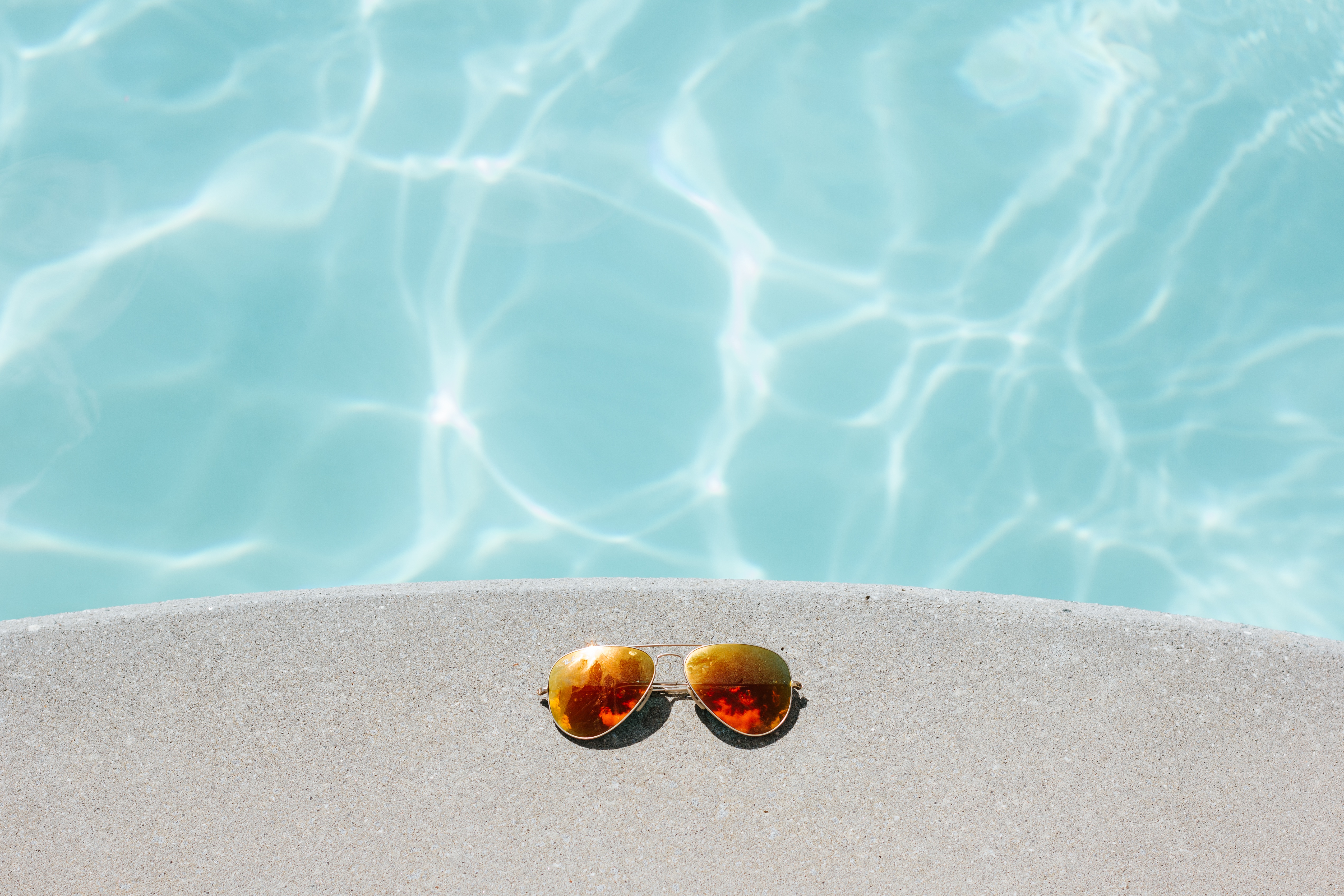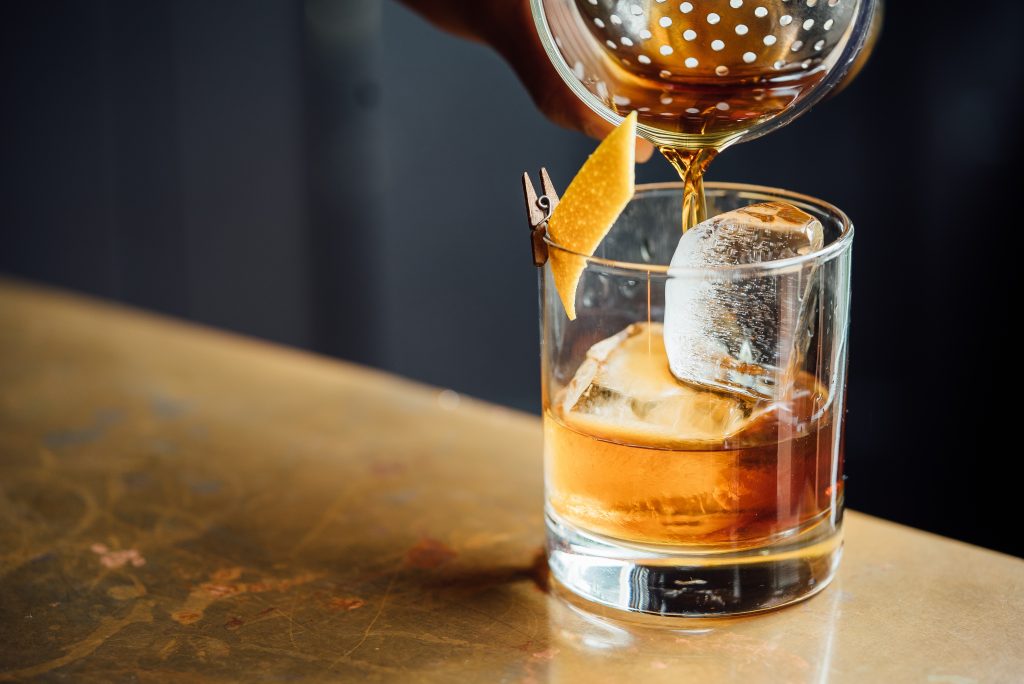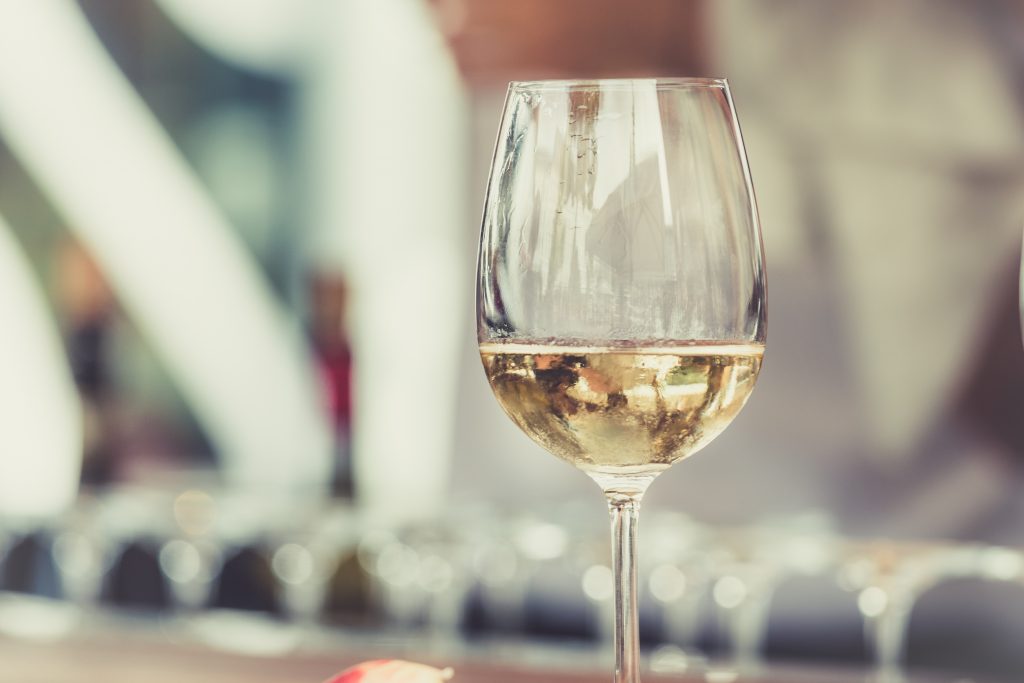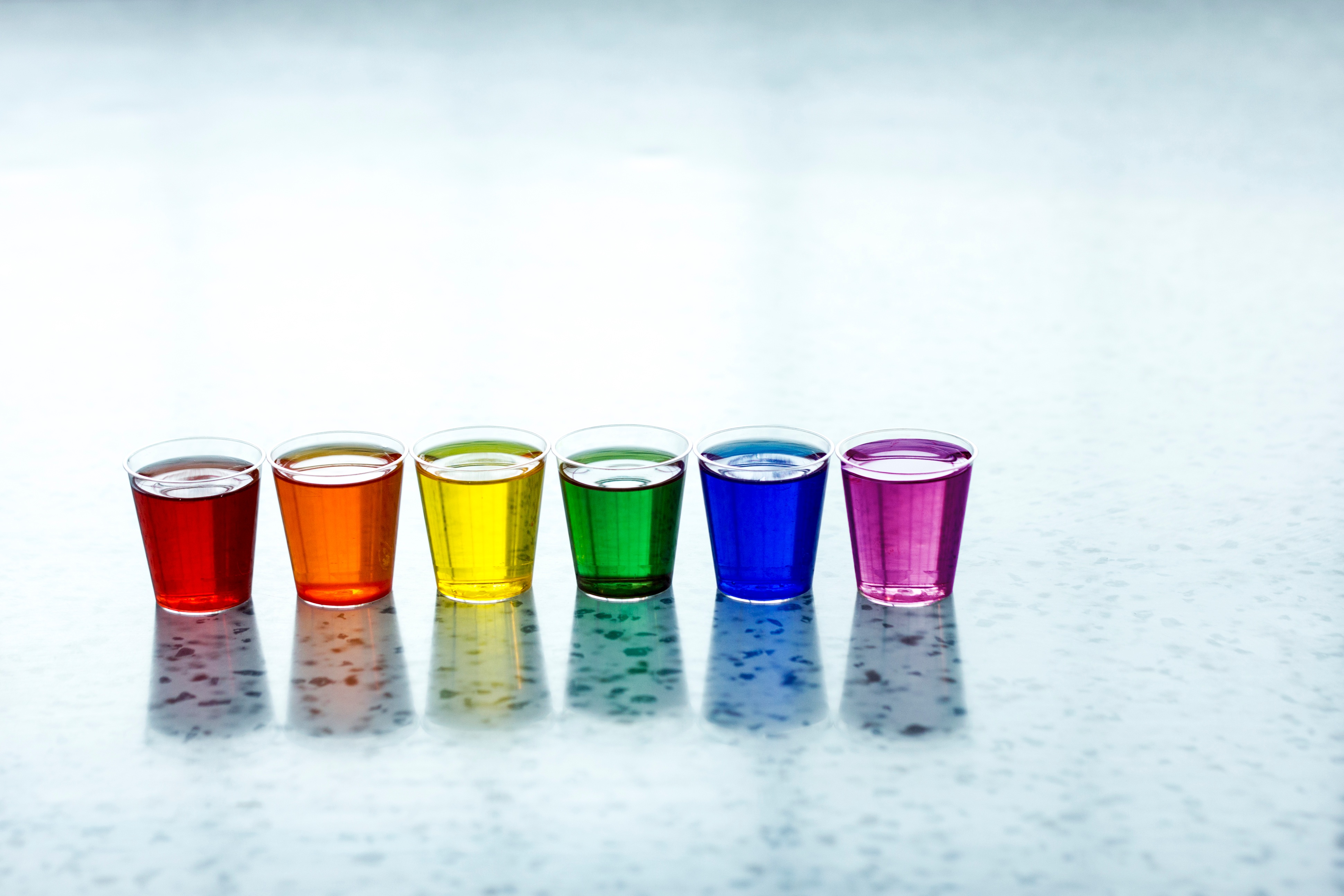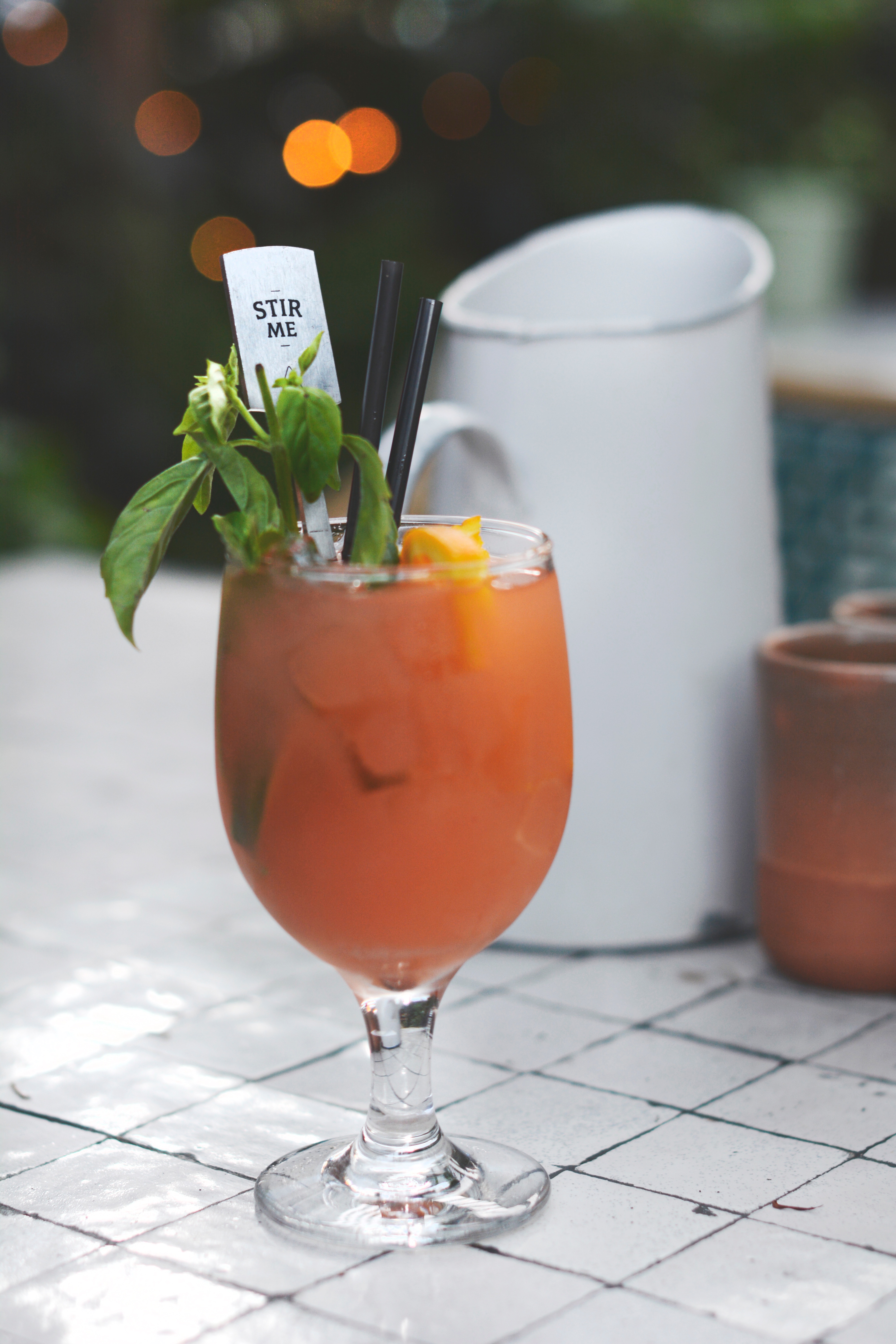Judging by the barrage of adverts, the decorations adorning shops, and the repeated sound of Bing Crosby in our ears, it’s socially acceptable to use the ‘C’ word (Christmas). I hate to sound like a Scrooge, but I’m of the opinion that the festivities should begin in December – not the middle of August when your main concern is lighting the barbecue, and clinging on to any sign of the sun’s appearance.
Let’s just have a minute or two to reminisce the summer.
Okay – the moment has passed; it’s time to move on to more pressing matters.
The season to be jolly is fast approaching, and with this comes a common pitfall of the low-carber: the Christmas tipple. A question we’re frequently asked by our community is, ‘Can I drink alcohol?’ The answer is, ‘Yes, you can… but it’s important to choose your drink wisely.’
Alcohol and a low-carb lifestyle
It’s not necessary to completely abstain when you follow a low-carb lifestyle. If a drink is indeed, something you enjoy, cutting it out entirely will do little for your morale; in the long-run it may even cause you to slip back into old habits. As with most things in life, the not-so-secret tactic is moderately does it – and opt for low-carb beverages where possible.
Before you grab a glass, however, I just want to bring a couple of things to your attention. Firstly, when adhering to a low-carb diet, you might find that your tolerance to alcohol is reduced somewhat. It’s not entirely clear as to why this is; most likely, it’s because the liver will prioritise ketone metabolism, speeding up the breakdown of alcohol.
It’s important to be mindful of this, to avoid any potential hazards: embarrassingly clichéd incidents at the Christmas party, perhaps (not us, of course – just something we heard). In all seriousness, please proceed with caution. This could prove advantageous, depending on your perspective. It’s easier to stay in control, for example; you might even save a few pennies.
Furthermore, alcohol is classed as nutrient, because it provides a source of calories. When you drink, your body will utilise alcohol as energy; if your goal is to lose weight, this can hinder your body’s fat-burning mechanism. If you have diabetes, it’s especially important to avoid high-carb drinks, as these can raise your blood glucose levels.
So, what are the best (and worst) drinks to have? Below, we’ve put together a guide to help you stay on track, without compromising your enjoyment. Generally, the higher the alcohol content, the lower the carbs. This is due to the fermentation process; yeast breaks down the carbohydrate present in fruit or grains, and alcohol is the by-product. The greater the alcohol volume, the lower the carbs by default, since fewer sugars remain. We’re not suggesting that these are better for you, of course.
Champagne & wine
Champagne or Prosecco, red and dry white wines contain around 11-14% alcohol. Since there are many types of wines, Champagne, etc., the figures below are based on averages, or ‘house wines’ (hey, we don’t claim to be wine buffs!). They’re listed per small (125ml) glass.
- Champagne, Prosecco and sparkling wines: 1-5g* *Generally speaking, the ‘drier’ the variety, the lower the carbs, which is why there’s so much variance.
- Red wine: 2g
- Dry white and rosé wines: 2g
- Sweet white and rosé wines: 3-5g
Be aware that mulled wine, a seasonal favourite, is often made with added sugar. Sweet, dessert-style white and rosé wines will contain more carbs.
Spirits
Virtually all spirits are carb-free, with an alcohol volume of 35-60% (on average). These include vodka, gin, brandy, whiskey, rum and tequila.
However, if you choose a mixer, it’s important to opt for sugar-free varieties, e.g. diet cola, diet lemonade, slim-line tonic and slim-line ginger ale, as the regular sort can bump up the carbs as high as 39g! Cordials (unless sugar-free) are also, best avoided. Try a fresh lime wedge in place of cordial, for example.
An even more virtuous approach is to top-up spirits with club soda (plus ice and a slice) for the lowest carb alternative of them all. This removes artificial sweeteners from the equation, which may rouse the appetite/increase sugar cravings. Alternatively, enjoy your spirits on the rocks… and savour them.
Please note that flavoured or novelty liqueurs can contain a lot of added sugar. Peach Schnapps, Baileys, Tia Maria, salted caramel vodka… the list goes on. As a rule of thumb, if it sounds sweet, it probably is.
Beer
Beer tends to contain 4-6% alcohol, but it’s high in carbs – actually, it’s sometimes dubbed as ‘liquid bread’! Thankfully, there are low-carb beers available (hooray!).
Carb values can vary considerably; here are the figures for some common beers, available in the UK. These are per 330ml (a small bottle, or just over half a pint):
- Coors Light: 5g
- Beck’s: 9g
- Budweiser: 11g
- Fosters: 11g
- Stella Artois: 13g
- Newcastle Brown Ale: 13g
- Corona: 14g
- Guinness: 14g
Cocktails
Cocktails tend to be sugar-laden because of the various ingredients they contain. A white Russian, for example, is traditionally made with rum, cream (or milk) and Kahlúa – a coffee flavoured liqueur which can have as much as 15g of carbs per 25ml serving! Syrups, fruit juices and other fancy additions will increase the sugar content significantly, thus cocktails are not the best low-carb option.
Having said this, you could go all James Bond and pour yourself* an extra-dry Martini, which is ultra-low on the carb front.
*If you’re in a pub, bar or similar establishment, you might want to refrain from helping yourself, as folk tend to view this as bad manners. Perhaps, wait to be served… that way, you avoid funny looks, or being thrown out.
Alcopops and cider
Lastly, ‘alcopops’ and ciders (especially the fruit-flavoured ones) are almost always high-carb, and so are best avoided. You’re looking at between 20-40g PER SERVING (330ml)! That rules out Bacardi Breezers, WKDs and so on (sorry).
We hope you find the above guide useful, and that it helps you to have a happy, healthy and low-carb Christmas!
